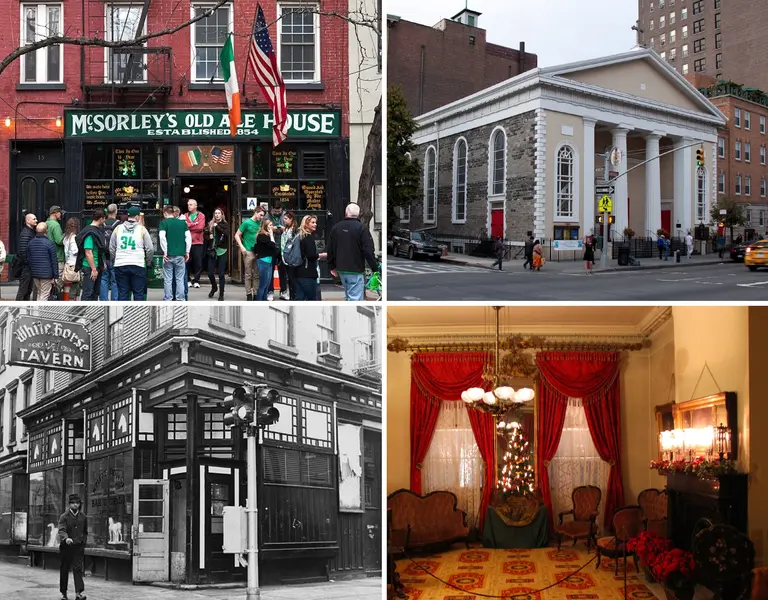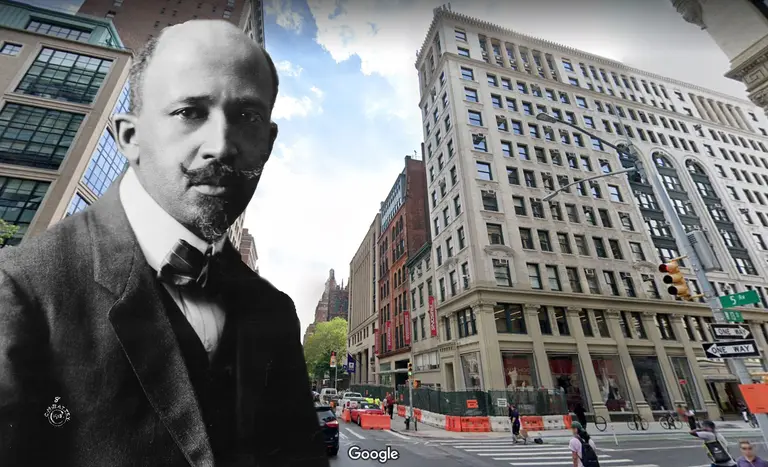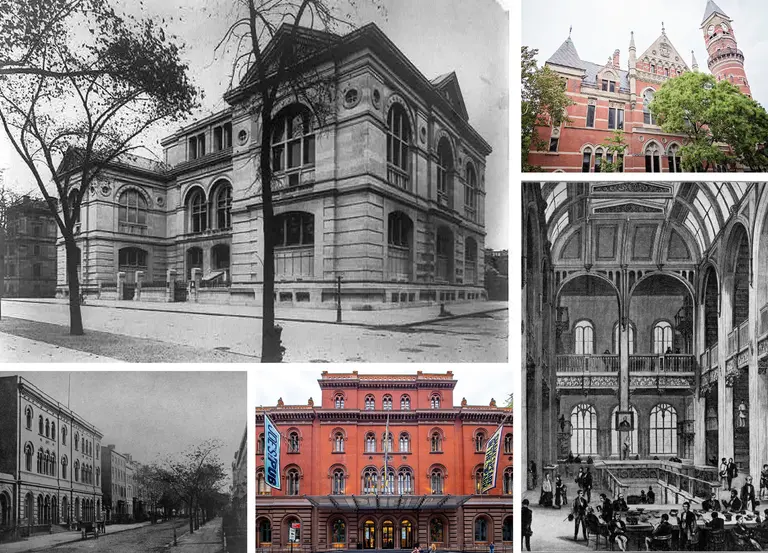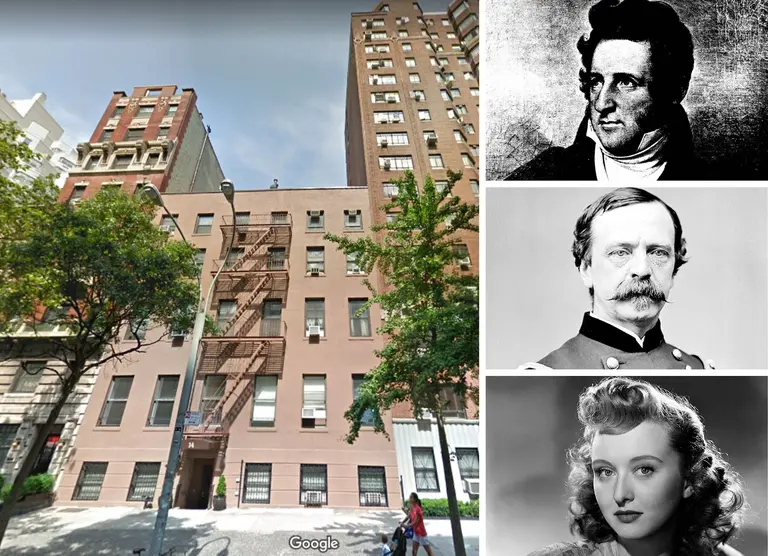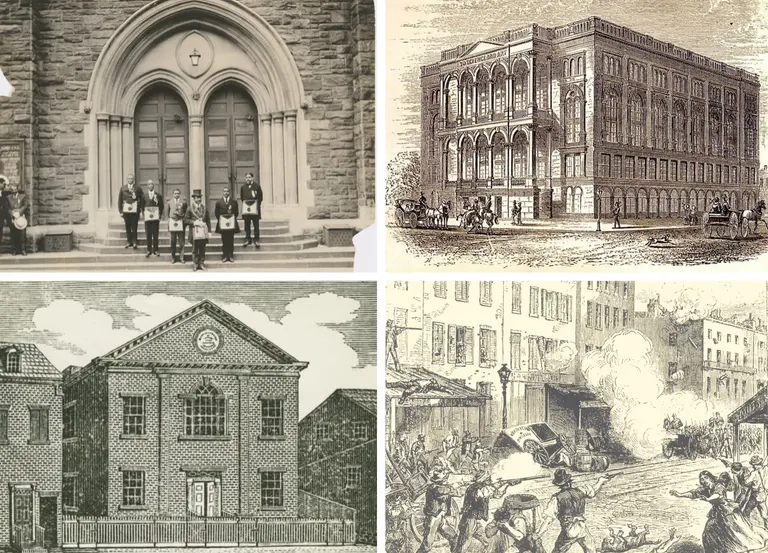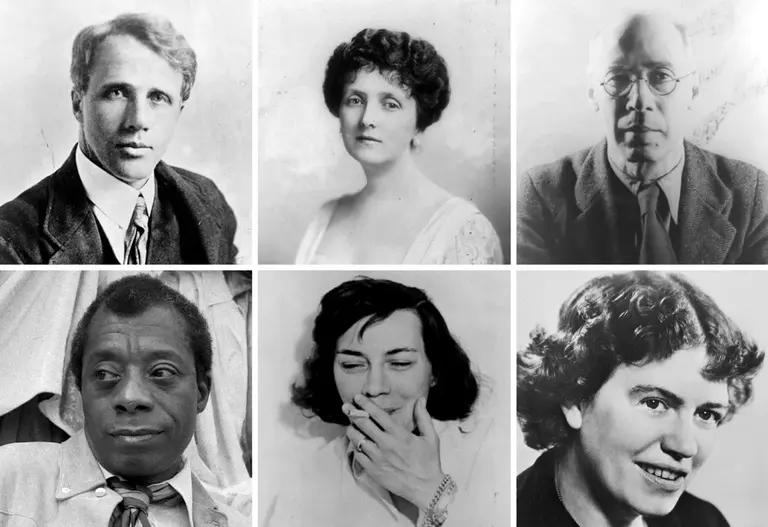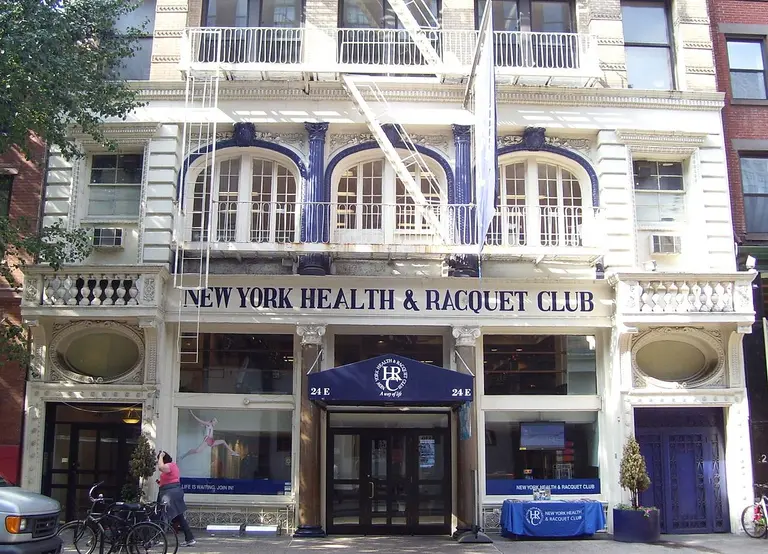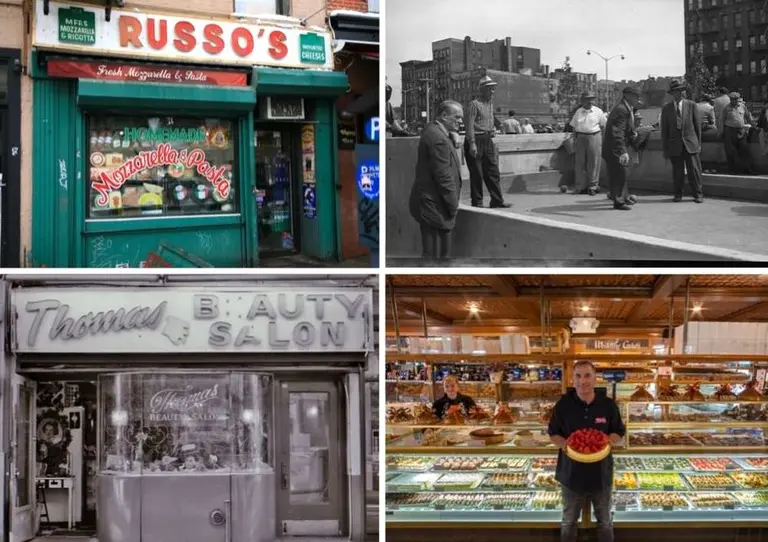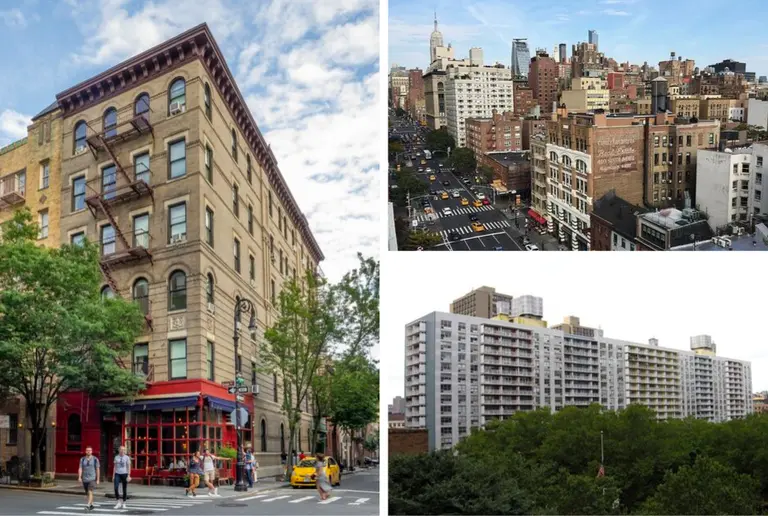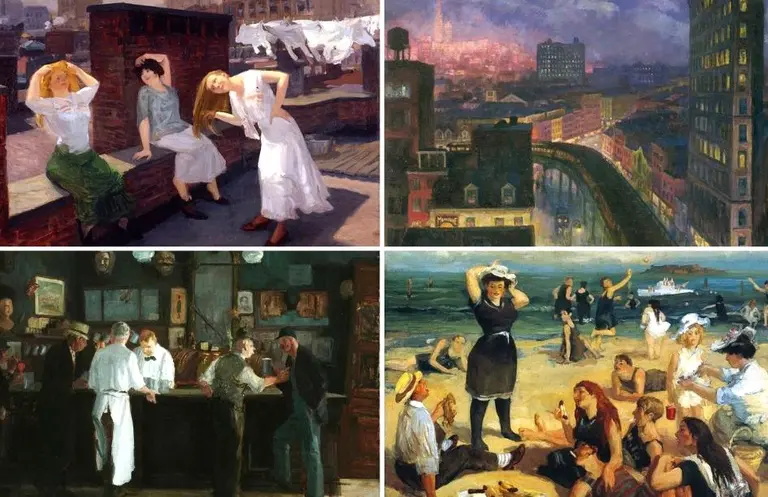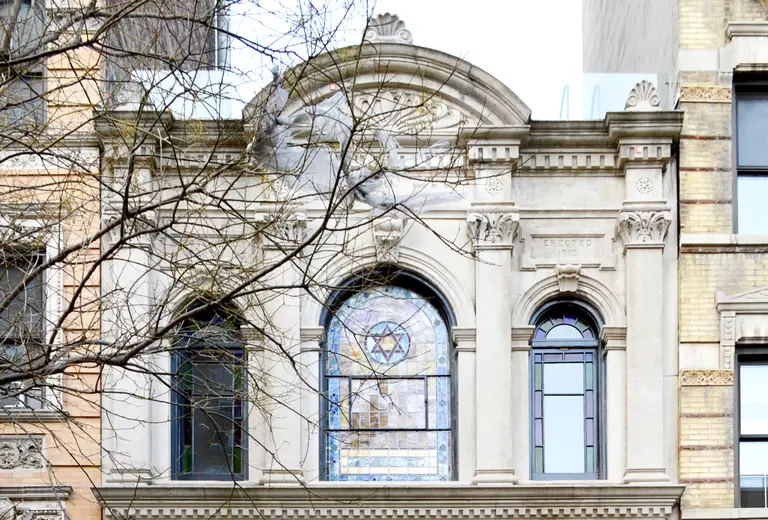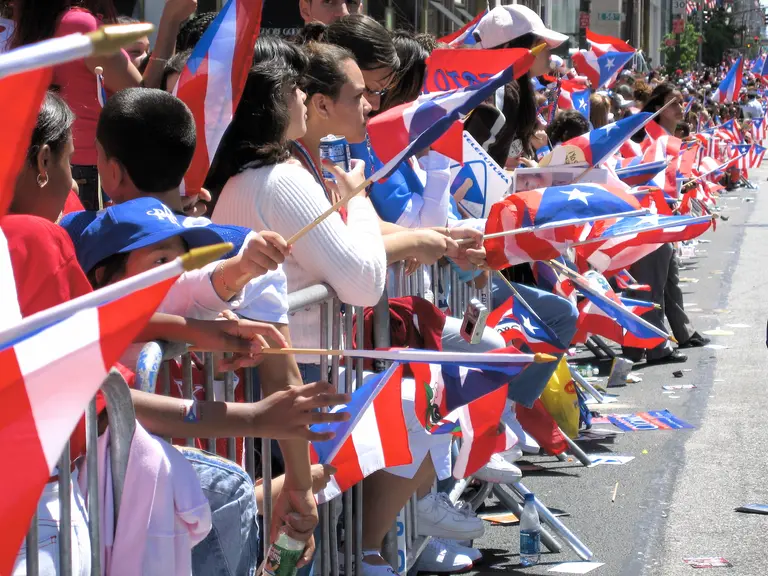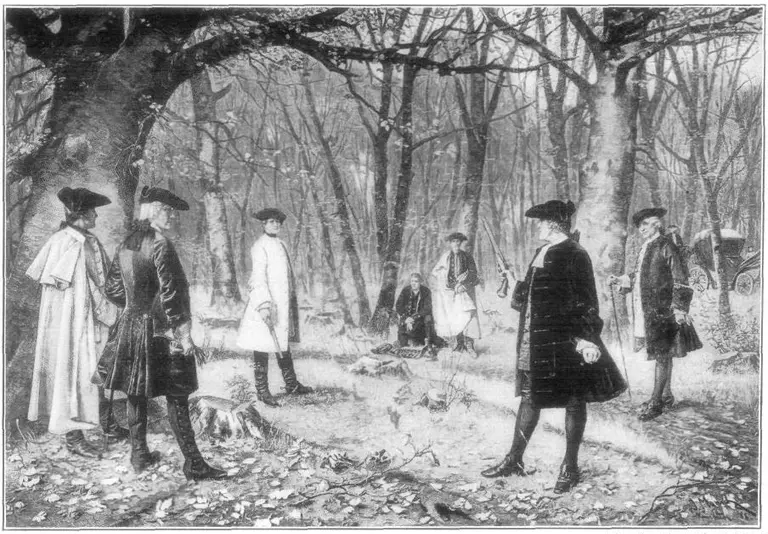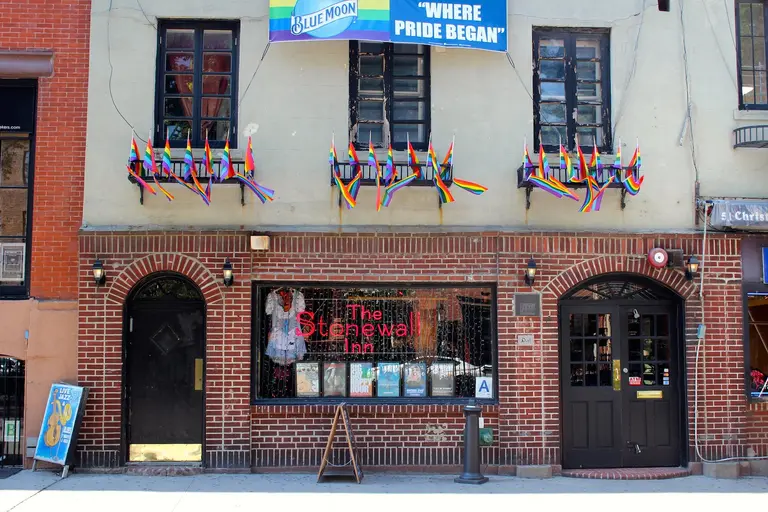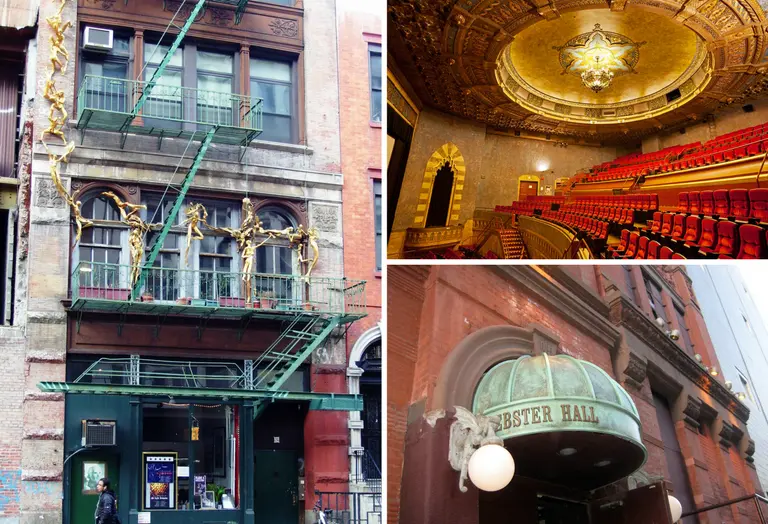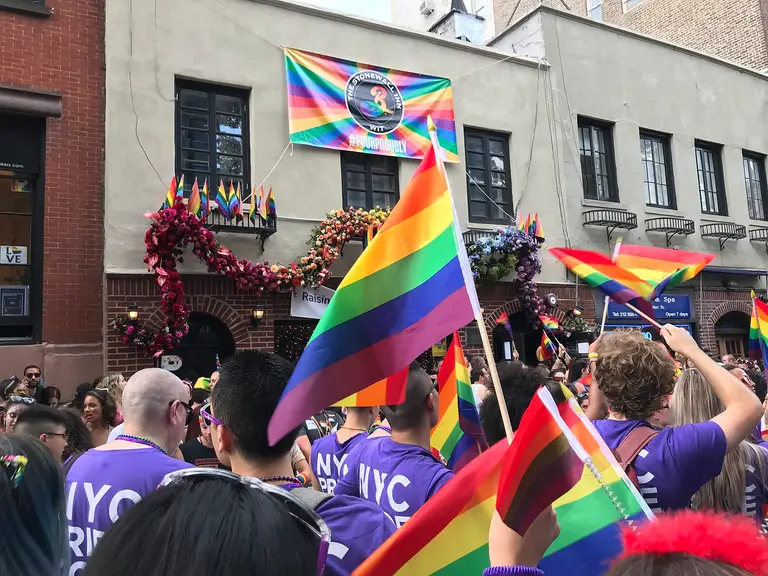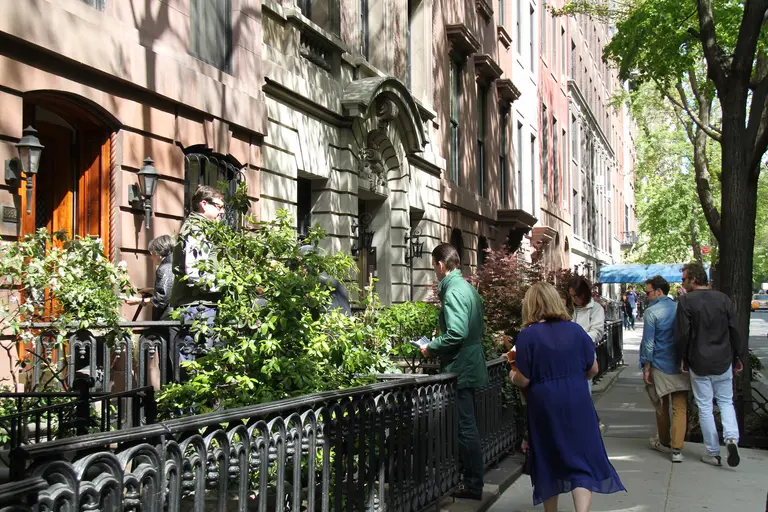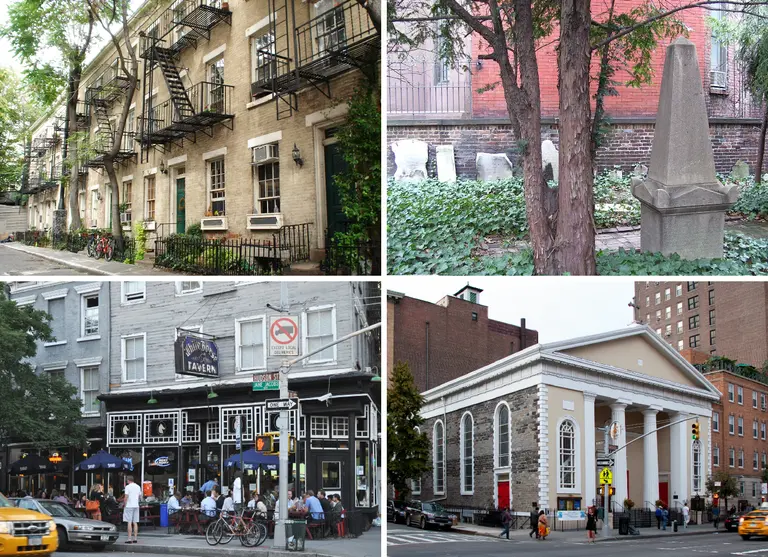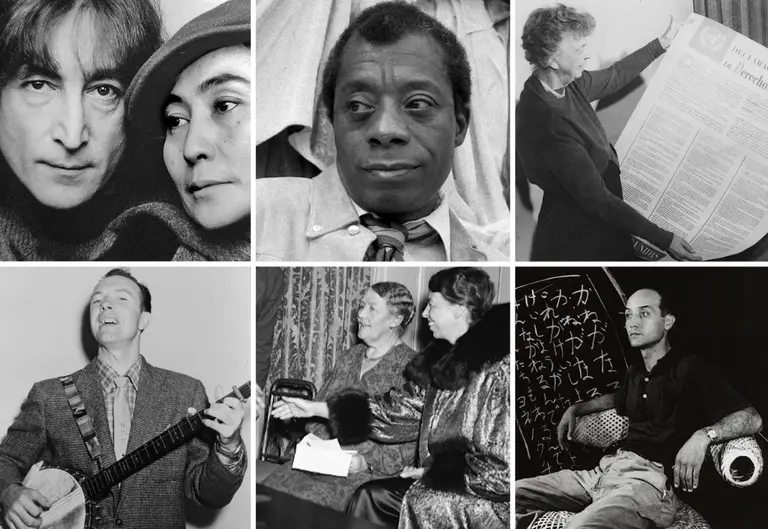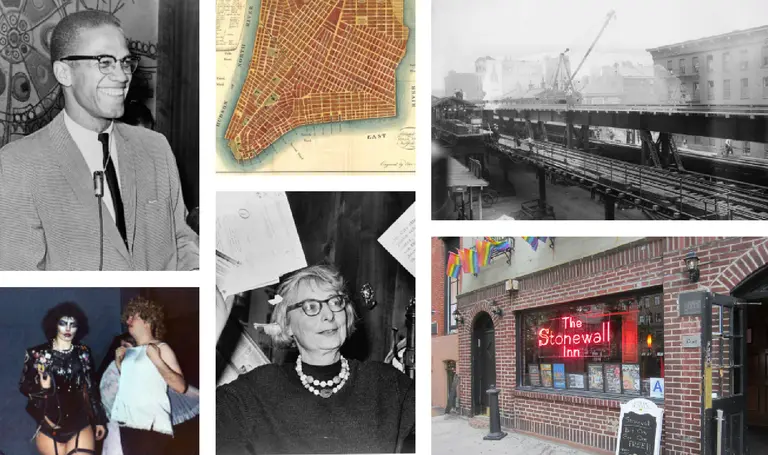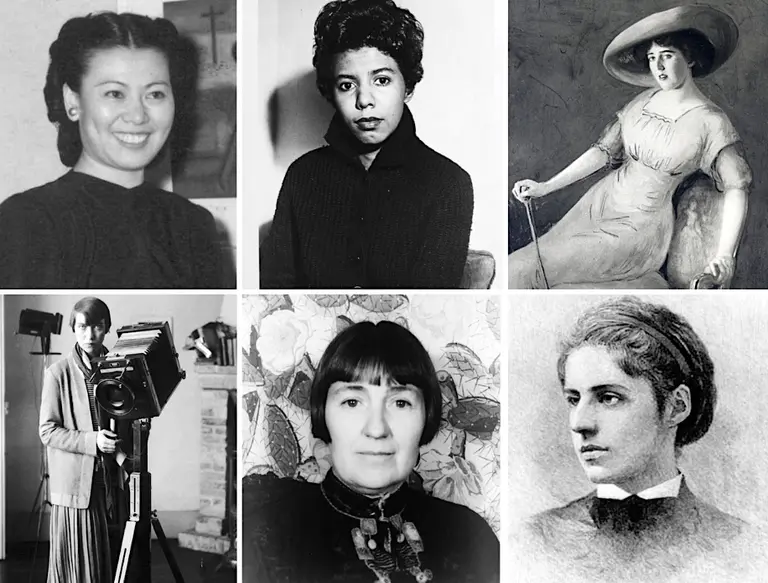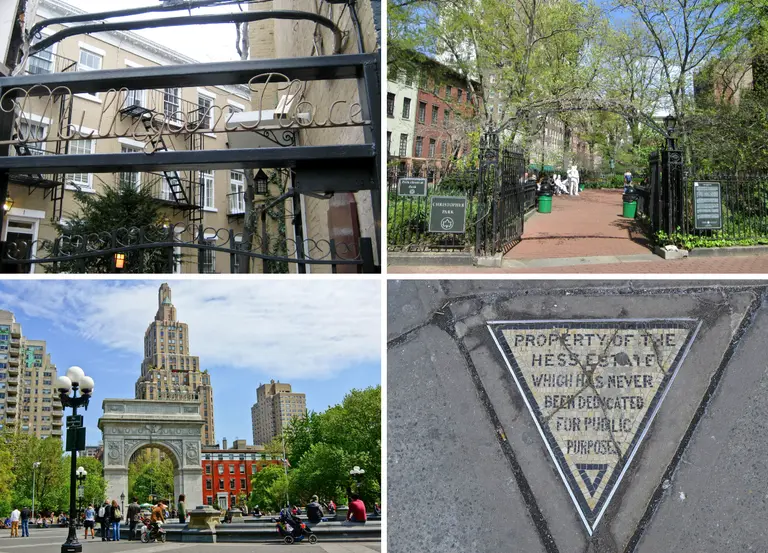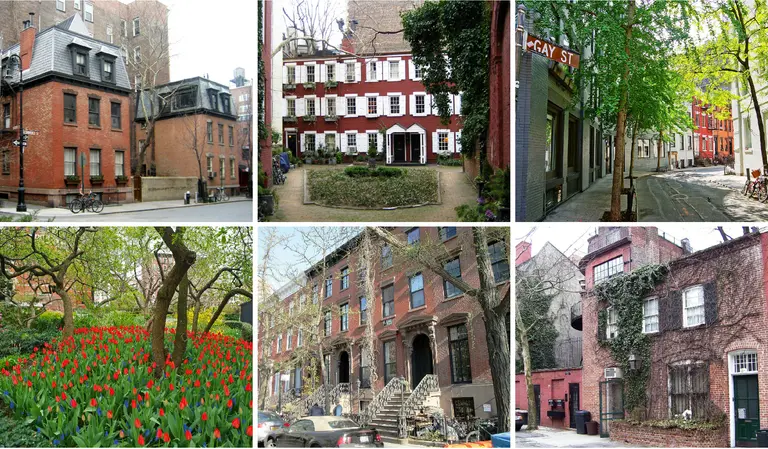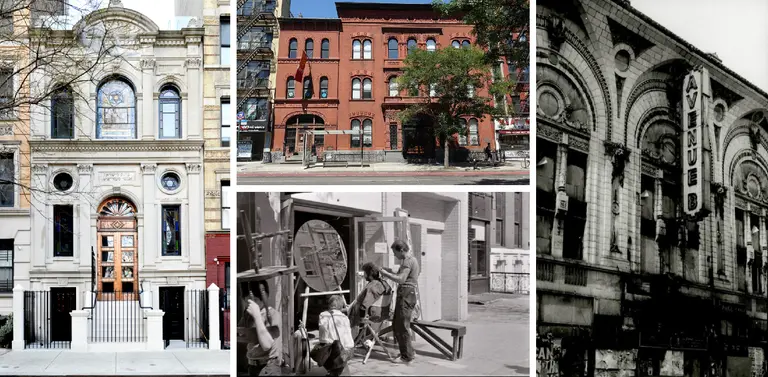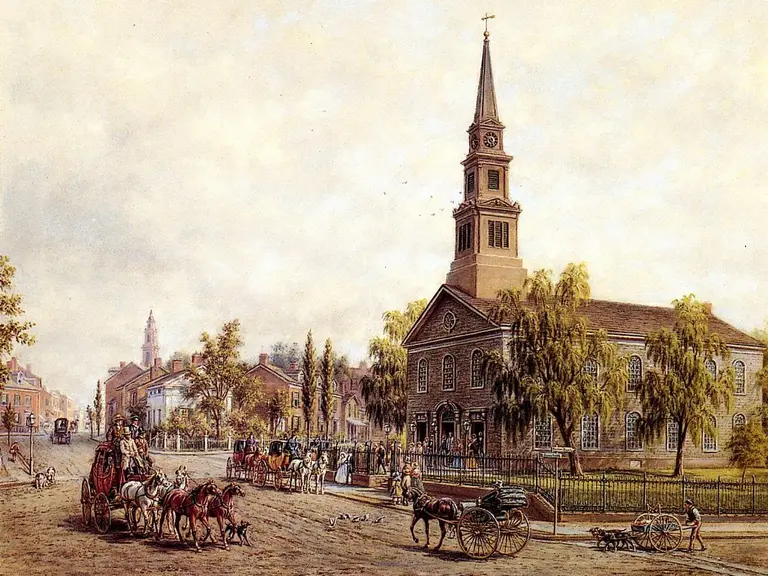September 12, 2019
On September 22, 1994, the TV show Friends premiered on NBC. Airing 10 seasons, it was consistently one of the most popular shows on television, and after decades of syndication, one of the most popular in history. And for a generation of young 20-somethings, it shaped their views of, and in many ways reflected their experience of, what their lives were supposed to be like. While the show was shot in Burbank, California, almost all it was supposed to take place in Greenwich Village, where the apartments of all of its main characters were located. Thus it also shaped a generation’s views of what living in Greenwich Village, even if your job was a joke and you were broke, was like. In honor of the show's 25th anniversary, we take a look at the places where Ross, Rachel, Phoebe, Joey, Monica, and Chandler were supposed to have lived, and how the TV world Friends created lined up (or didn't) with reality.
Get the scoop
